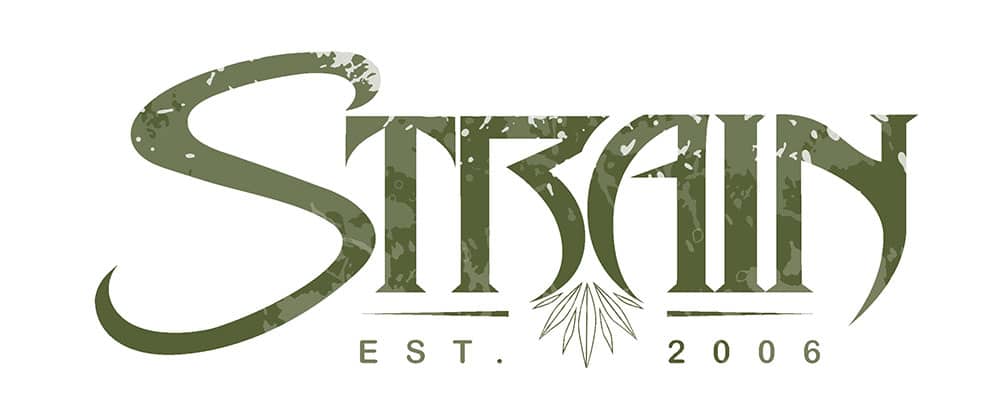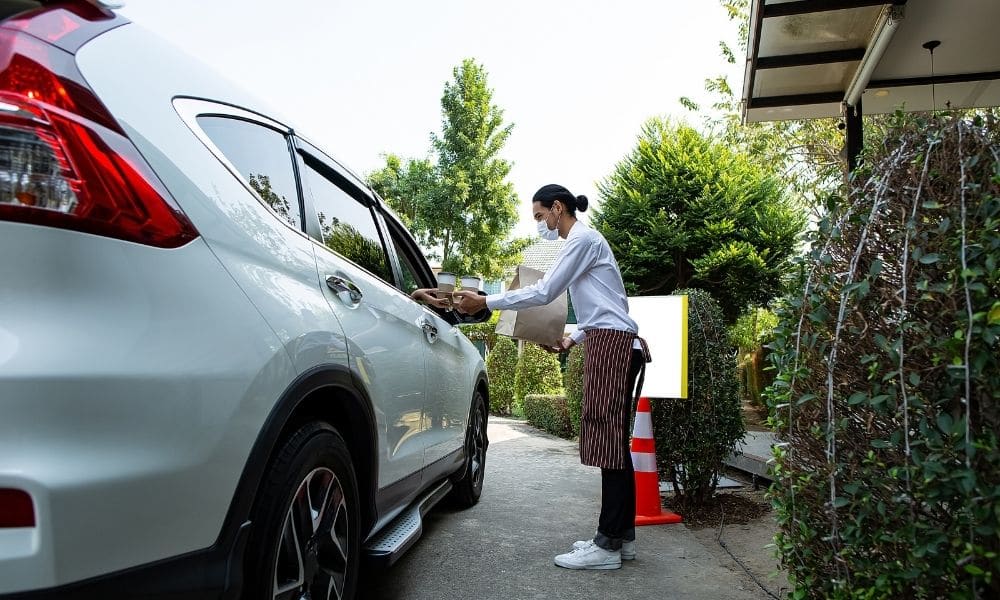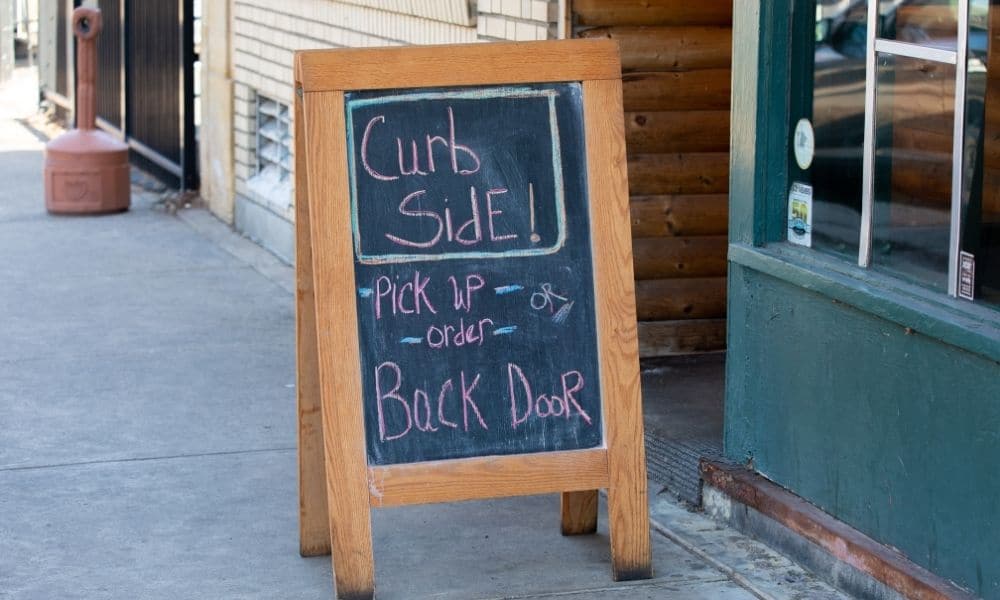cases. This threw most industries into deep economic uncertainty for months to come.
Industries less than a decade old don’t normally fare well under this kind of pressure, and yet the cannabis industry broke previous sales records in 2020. Hiring was already on the rebound by August 2020, and a third of cannabis companies reported increased revenue projections in 2020 compared to their original pre-COVID forecasting for the year.
Let’s take a look at the factors that have helped and hindered the cannabis industry during the pandemic so far.
Dispensaries Were Declared “Essential”
During the first few weeks of US states’ stay-at-home orders in mid-March, demand for cannabis increased. Panicked consumers, unsure if they’d face restricted access to cannabis in the future, are likely to be responsible for this.
But not long after, most legal states began declaring cannabis an “essential business”. This meant dispensaries would be allowed to stay open, receive inbound deliveries, and serve their customers – under strict COVID-19 measures.
Cannabis sales dropped temporarily during this period. It’s likely that, with its “essential” status, customers worried less about the accessibility of the product and a need to stock up their supply. People were also sheltering by this time, and alternatives such as curbside pickup and delivery weren’t yet available. Regardless, being classified as “essential” has overall greatly helped the cannabis industry to not only thrive but continue to grow.
4/20 Was a Turning Point
Although traditionally the busiest time of year in the cannabis calendar, a report from industry experts, The State of the Cannabis Industry 2020, found that reduced sales didn’t pick up in the weeks leading up to 4/20. In fact, they were lower than in 2019. It was only around April 13th that sales began to stabilize and exceed those recorded in 2019.
After this time the cannabis industry was fast adapting, with the help of new technology, to push for a return to “normal”‘.
People Went to the Dispensary Less Often
The same report found that average order values increased by 20% in 2020, while the daily number of transactions fell by 19% compared to pre-COVID. Consumers were buying more product overall, but taking fewer trips to the dispensary.
With the risk of COVID transmission constantly in the back of consumers’ minds, it’s unsurprising they left the house to go to the dispensary less often.
Curbside Pickup and Delivery Became Commonplace
The cannabis retail industry has had to pivot its methods to keep its consumers interested. According to Vangst, 79% of retailers introduced curbside pickup and delivery services in response to the pandemic. Without advances in technology, these safer solutions wouldn’t have been as easy to plan out and implement.
Even as sales rose across the board from April onwards, dispensaries who offered the ability to order ahead outperformed their rivals who didn’t. Flowhub found that between March 16th and April 24th, those dispensaries sold 22% more on average than dispensaries without order ahead options.
The Cannabis Industry Seems Indestructible
LeafLink found that wholesale sales to dispensaries increased by over 54% from January to June 2020. This indicates the rising demand for cannabis that we’ve seen throughout most of the pandemic. And it’s yet another sign that the cannabis industry will continue to grow year on year, despite any obstacles that come its way.
You can read the full The State of the Cannabis Industry 2020 report here.


